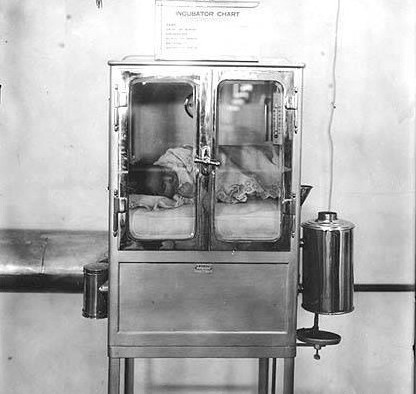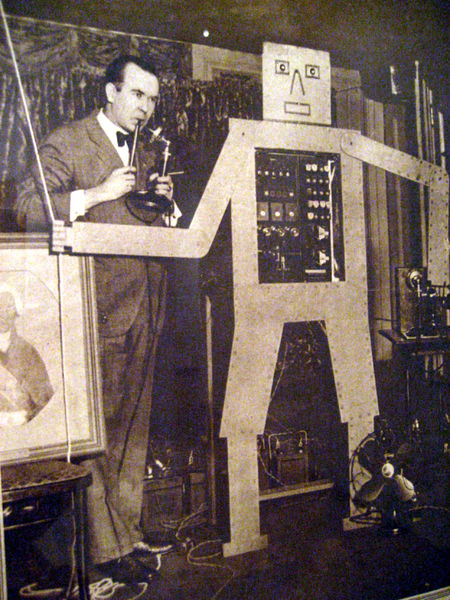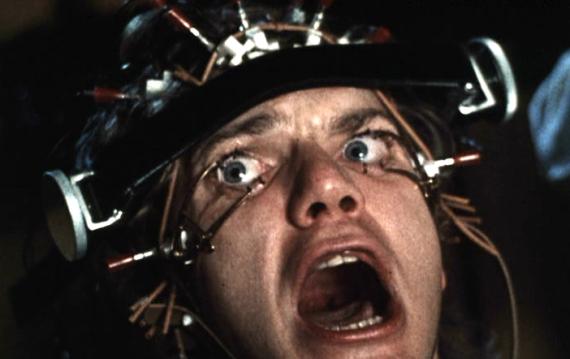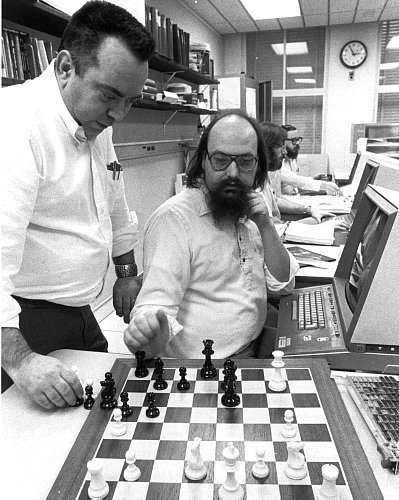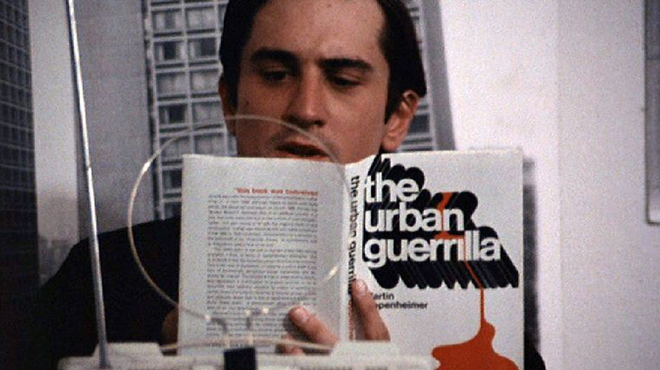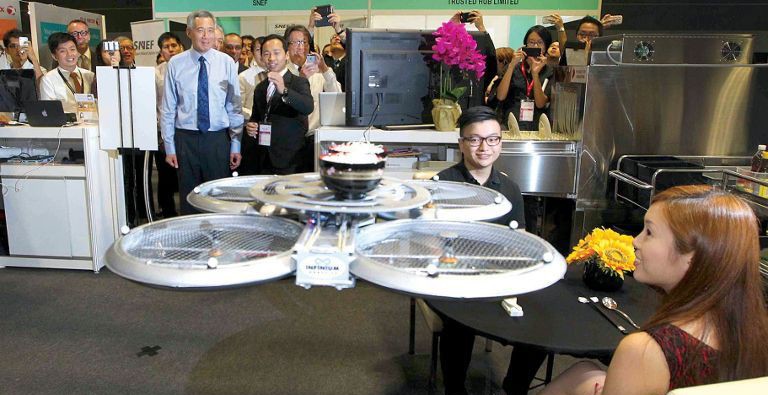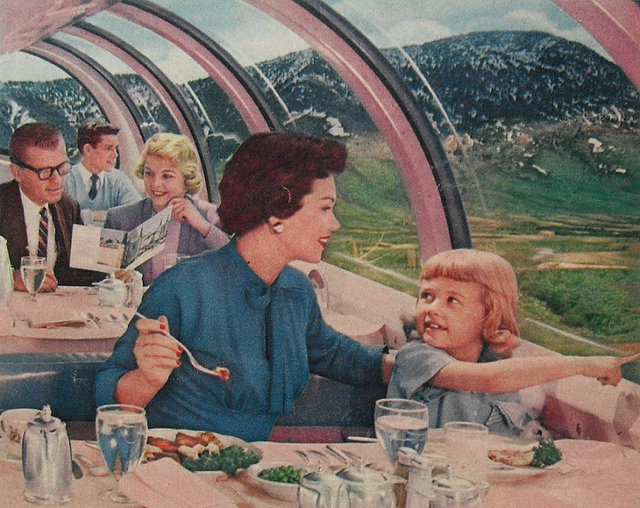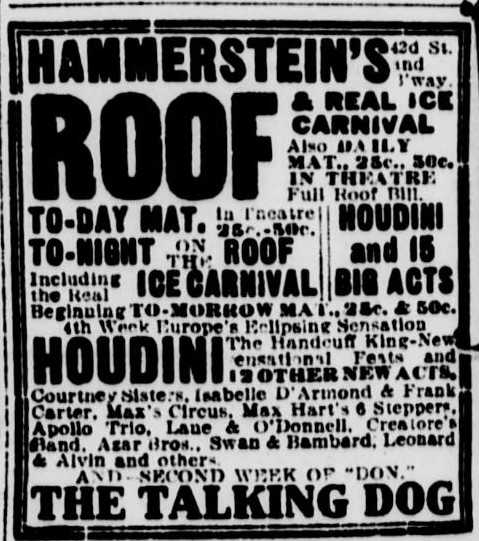The only thing trickier than predicting future population is interpreting what those people will mean for the world and its resources. From Malthus to Ehrlich, population bombs have defused themselves, even proved beneficial. Down deep, most likely think there’s a tipping point, a tragic number, but, of course, development of technologies can rework that math, stretch resources to new lengths. And a larger pool of talent makes it easier to create those new tools.
It would seem to make sense that immigrant nations can ride the wave of fluctuations best, not being dependent on internal fertility numbers. Robotics may reduce that advantage, however. Japan is certainly banking on that transformation.
In a Financial Times piece, Robin Harding writes that fertility seems to be on a steep decline globally, leveling off. If so, the ramifications will be many, including for Labor. The opening:
The extent of the plunge in childbearing is startling. Eighty-three countries containing 46 per cent of the world’s population — including every single country in Europe — now have fertility below replacement rate of about 2.1 births per woman. Another 46 per cent live in countries where the birth rate has fallen sharply. In 48 countries the population will decline between now and 2050.
That leaves just 9 per cent of the world’s population, almost all in Africa, living in nations with pre-industrial fertility rates of five or six children per woman. But even in Africa fertility is starting to dip. In a decade, the UN reckons, there will be just three countries with a fertility rate higher than five: Mali, Niger and Somalia. In three decades, it projects only Niger will be higher than four.
These projections include a fertility bounce in countries such as Germany and Japan. If more fecund nations follow this path of declining birth rates, therefore, a stable future population could quickly be locked in.
That would have enormous consequences for the world economy, geopolitics and the sum of human happiness, illustrated by some of the middle-income countries that have gone through a dramatic, and often ignored, fall in fertility.•

